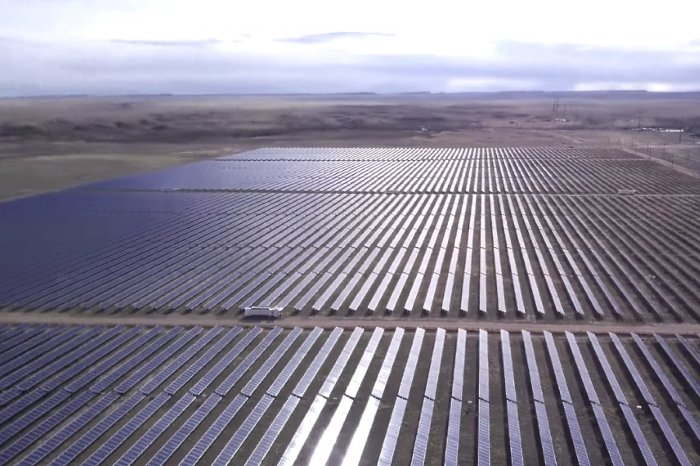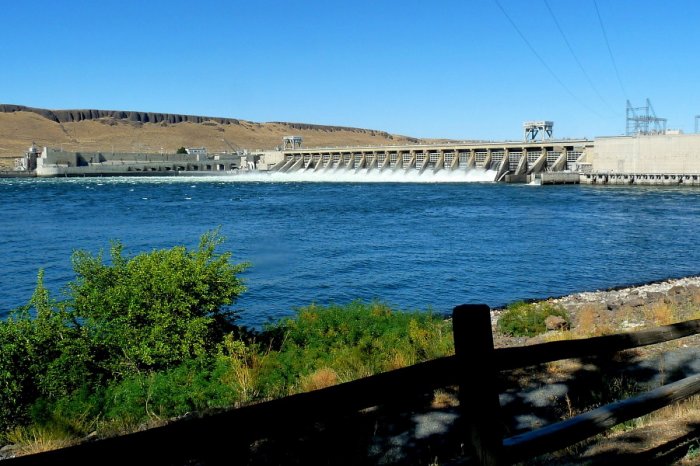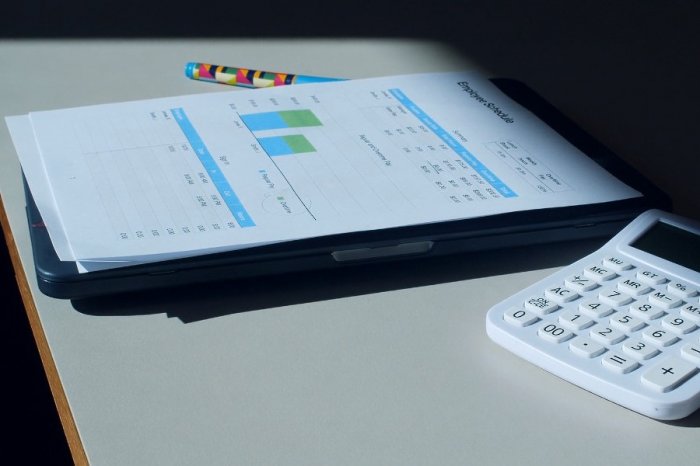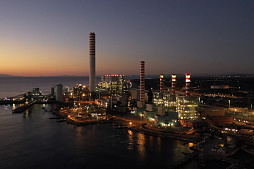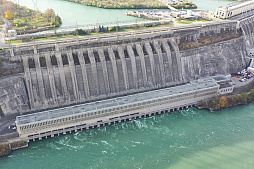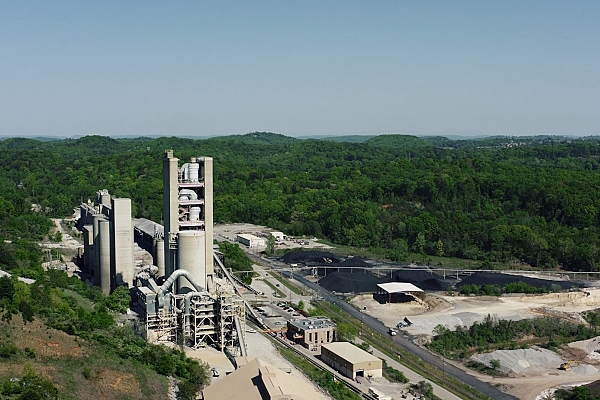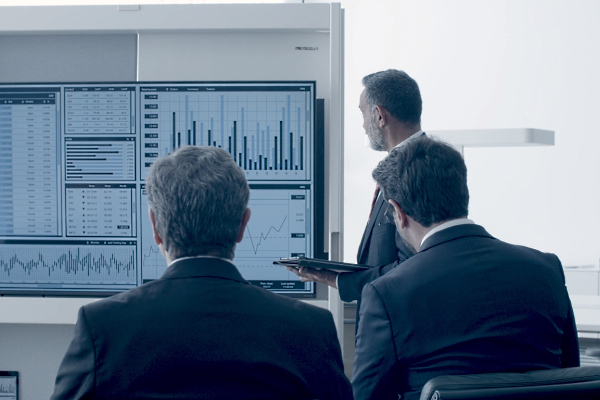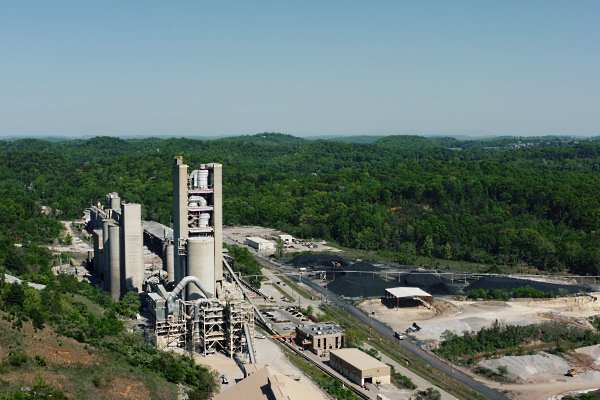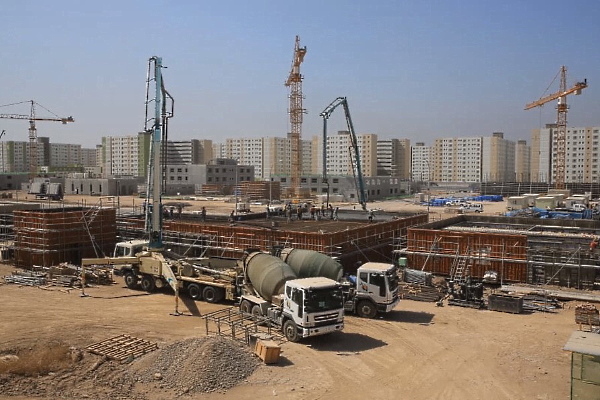After receiving the necessary documents (application form and project presentation), our team will try to review your request as soon as possible, and leading experts will offer the best options for project funding.
The construction of cement plants of various sizes, capable of meeting the needs of large enterprises or even covering the demand for cement of entire regions, requires expensive technologies and materials, which means significant capital investments.
Depending on the scope and needs of the customer, the project may include the construction of an electrical substation, the development of a railway network and other infrastructure necessary for the smooth production, storage and transportation of cement and concrete. Prefabricated structures, modern equipment and innovative installation services allow us to solve a wide range of construction tasks within the approved project budget.
Regardless of the approach chosen, a company planning to build a cement plant usually needs long-term sources of funds to cover its capital expenditures ranging from 10 million euros for a cement packing plant to several hundred million for a complete production cycle.
Our team is ready to offer you with a large long-term loan for the development of an investment project anywhere in the world.
Together with our respected international partners, we provide a full range of professional services in the field of financial engineering, modeling and consulting, solving any problems of the modern cement industry.
How much does it cost to build a cement plant: stages and equipment list
The business of producing, packaging and selling cement is very promising.The demand for this building material is very high. Now many entrepreneurs are trying to switch to modern materials, but the production of bricks, cement and reinforced concrete is the most popular and economically viable. Let's take a closer look at how to organize a cement business and build a cement plant.
Cements are a large group of inorganic powdered materials that, when mixed with water, form a plastic mass that hardens into a strong stone-like form. The assortment of a modern cement plant is huge and often includes dozens of related products, including reinforced concrete structures of various types.
Accordingly, the scope of each project and its investment needs vary widely.
The construction of a cement plant includes several typical stages, which may differ depending on the type of project and the chosen construction technology:
• Planning, permitting and financing
• Engineering design services and contracting
• Land preparation and environmental protection measures.
• Procurement of building materials, metal structures and equipment.
• Construction works, assembly and installation of equipment.
• Construction of infrastructure and engineering networks.
• Commissioning and commissioning of the cement plant.
• Operation and maintenance.

The cost of building a cement plant largely depends on the technology used.
For example, the construction of structures made of reinforced concrete and brick can be many times more expensive compared to workshops and warehouses made of light steel thin-walled structures (LSTC).
In order to estimate the approximate cost of equipment for a new cement plant, below we offer a short list of machines and devices that are used in cement production and material handling. This list gives a rough idea of the scale of costs at the initial stage of such projects.
Cement production equipment includes the following:
• Pyroprocessing equipment: rotary kilns, grate coolers, preheaters, heat recuperators etc.
• Ball mills: open- and close-circuit mills with different types of classifiers.
• Classifiers for bulk materials: turbo classifiers, dynamic and static equipment.
• Handling equipment: belt conveyors, pneumatic conveyors, apron conveyors, etc.
• Feeders: screw feeders, rotary table feeders, etc.
This list can be supplemented by many types of electrical equipment for the construction of substations and the power supply of an industrial complex.
It also includes equipment for the transportation and storage of raw materials and finished products.
A modern cement plant should be equipped with the most advanced equipment to organize the production of high-quality Portland cement and concrete for sale both in the domestic and foreign markets. Automated equipment from leading manufacturers will ensure the high competitiveness of cement due to low energy costs and, accordingly, low production costs. Also, compliance with environmental standards during the construction and operation must be ensured.
The list of parameters that an ideal cement plant should meet is long. However, in a real business environment, each project is a flexible compromise between needs and investment opportunities.
Customer requirements will be critical to assessing the final cost of building a cement plant and choosing the optimal capital structure for a particular project.
The cost of cement plants per million tonnes of annual capacity
If we talk about average figures, the construction of a cement plant with a capacity of 1 million tons annually costs 120-200 million euros.In international practice, construction costs vary widely, since the final estimate depends on a whole range of factors. The cost of a new plant is comparable to the turnover of 20-30 years of continuous operation, which makes these projects the most costly and demanding for the choice of capital sources.
Also, businesses should be aware of the high cost of modernizing cement plants, which such enterprises expect at least once every 15 years.
For example, the construction of the largest cement plant in Sherabad (Uzbekistan), which was announced in 2018, cost the participants more than $210 million with a capacity of 1.5 million tons per year. This corresponds to approximately 120 million euros per each million tonnes of annual capacity. Similar figures are shown by other large projects in developing countries, where cheap labor and relatively low associated costs have a great impact on the final price.
On the other hand, the construction of cement plants in the United States typically costs more than $170 million per million tonnes of annual capacity, due to more expensive materials, equipment and labor, as well as strict environmental requirements and complex permit procedures.
The construction of a cement plant can take from several months (when it comes to cement packing plants and similar smaller projects) to 2 years or more, depending on the size of the facility and construction methods. But the search for sources of capital and funding for such a project begins long before the foundation is laid.
The cost of cement plants depends on the scale of the project, since larger plants with a capacity of about 1 million tons per year or more may have slightly lower costs due to economies of scale.
It is these projects that are considered the most competitive, but comprehensive projects of this scale are available only to large companies and large commercial banks, including banking consortiums (long-term financing based on syndicated loans).
Despite the high costs, investment opportunities for cement production are very wide. If in the past decades it was believed that the transportation of cement was viable over distances of no more than 250-300 kilometers, today, thanks to large-capacity vessels and perfect logistics, cement products can travel thousands of kilometers from large industrial regions in Asia to end consumers in America and Australia, remaining quite competitive.
Technical innovation also plays a big role in the financial prospects of such projects. In addition to innovative solutions that affect the productivity and quality of products, these can be technologies that allow the plant to receive additional energy. For example, heat recovery to generate electricity, which is currently only used in 2 out of 3 cement plants in Europe.
This is also a great opportunity for companies planning to modernize their existing cement plants.
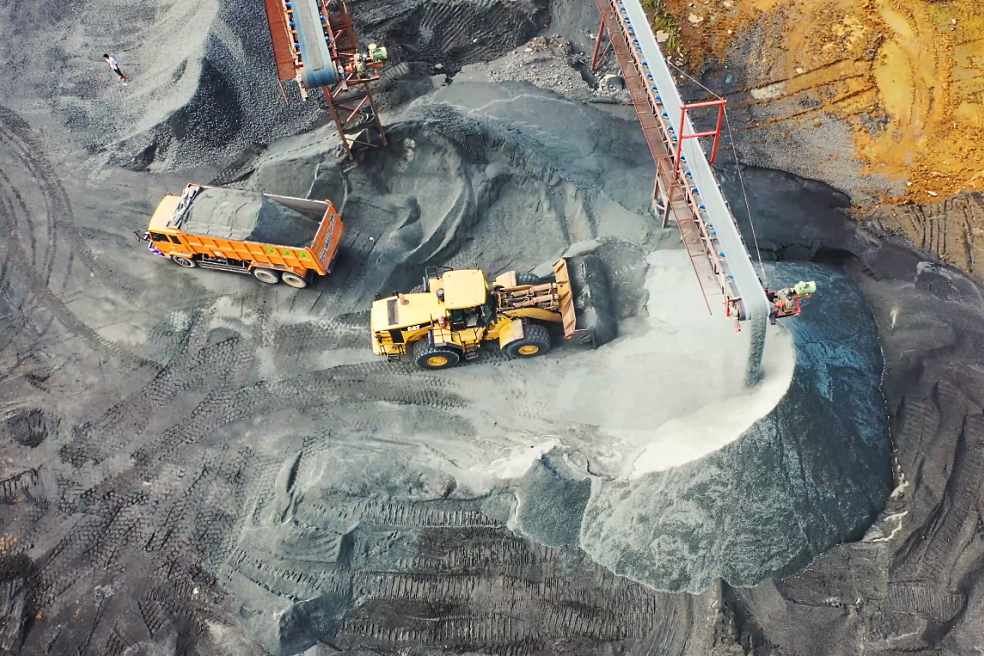
Our services related to financing cement plants
Population growth and ongoing urbanization are increasing the need for residential buildings, public infrastructure and commercial facilities, leading to an increase in the global demand for cement around the world.Despite a significant market drop in 2020 as a result of the pandemic, experts are optimistic about the future. According to forecasts, the cement market in the period 2023-2030 will grow with a CAGR of about 5% annually, exceeding $500 billion by the end of the decade. Investments in the construction of cement plants remain very interesting for many companies, so the problems of financing large projects in this area are often of interest to our clients.
Considering the high cost of building cement plants, ESFC Investment Group offers large long-term loans with a flexible repayment schedule for a period of 10 to 20 years.
Our advanced models are aimed at smooth financing of all stages of the project, from planning and permitting to installation of equipment and commissioning. We are also ready to assist you in choosing engineering firms, building contractors, equipment manufacturers and suppliers, bringing you the benefits of our extensive business relationships in Europe, USA, East Asia and other regions of the world.
ESFC Investment Group, headquartered in Spain, provides a wide range of financial and consulting services for companies that are planning the construction and modernization of large cement plants, electrical substations, quarries and related infrastructure.
The list of our services includes long-term investment loans, bank guarantees, letters of credit, organization of project finance (PF) schemes, financial modeling services, investment consulting and much more.
We are ready to offer large loans starting from 50 million euros with a maturity of up to 20 years. Under our PF schemes, you can cover up to 90% of investment costs using our long-term financial instruments.
Contact our official representatives and find out more about financing options for cement plant construction in your country.





